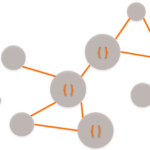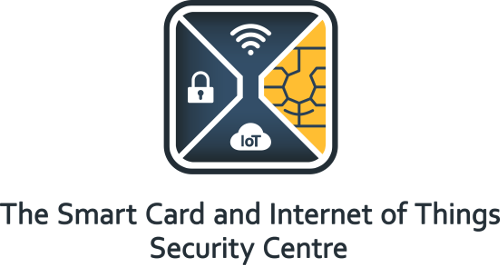 Embedded devices have permeated into our daily lives, and day-to-day mundane tasks involve a number of embedded systems. These include smart cards, sensors in vehicles and industrial automation systems. Satisfying the requirements for trusted, reliable and secure embedded devices is more vital than ever before. On this front, we have identified the following active research directions.
Embedded devices have permeated into our daily lives, and day-to-day mundane tasks involve a number of embedded systems. These include smart cards, sensors in vehicles and industrial automation systems. Satisfying the requirements for trusted, reliable and secure embedded devices is more vital than ever before. On this front, we have identified the following active research directions.
Pre-Deployment Protection
This research thread examines how power consumption can be used to verify the integrity of control flow jumps, and instructions before the Integrated Circuit (IC) is integrated into security-critical environments. For example, we have worked on these proposals to identify hardware Trojans and counterfeit products.
- Control Flow Verification – The building block involves profiling of the individual instructions executed in a microprocessor. We have profiled a microprocessor (e.g. ATMega163), from its power consumption, using Hidden Markov Models (HMM), Principal Component Analysis (PCA) and Linear Discriminant Analysis (LDA). Following from that we have defined the concept of basic blocks with only one entry point and one exit point. Measuring the power consumption when an application is executing allows us to obtain an accurate depiction of what instructions are executed by the microprocessor and verify the control flow jumps.
- Verifying Integrity of Executed Instructions – We have devised a method that enables a device to verify the integrity of executed instructions. This requires the verifying device to record the power consumption of the processor executing an application. Then the executed instructions are matched against a pre-constructed set of templates. The extracted information together with the pre-computed signatures is then used to verify the integrity of the software component using an RSA signature screening algorithm.
Runtime Protection
This research thread involves the protection of runtime program data, instruction interpretation and control flow at runtime, and is composed of three steps:
- The protection of runtime data is achieved through the introduction of two parallel (program and integrity) stacks which keep verified references of the instructions to be executed. This method is implemented and tested in an FPGA platform implementing a microprocessor.
- The verified instruction interpretation is also tested on the aforementioned FPGA platform and this is achieved through the concepts of basic blocks and the use of cryptographic algorithms.
- Finally, the control flow verification is performed through parallel references to current and next executed instructions.
